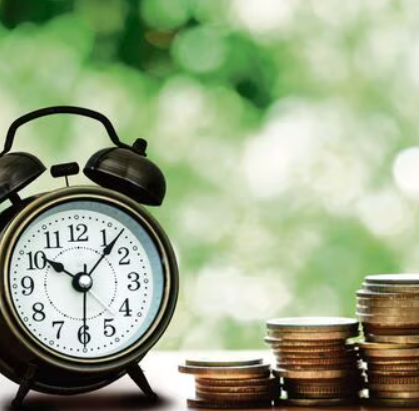As you approach the age of 73, it’s time to begin taking Required Minimum Distributions (RMDs) from your pretax retirement accounts, whether you need the extra income or not. These distributions apply to your traditional IRA and 401(k), and although seniors can withdraw penalty-free from these accounts as early as age 59½, many opt to delay withdrawals to allow their savings to grow tax-deferred for as long as possible. However, the IRS requires you to start withdrawing at age 73 (75 beginning in 2032), and these withdrawals will be taxed as ordinary income.
Once you start receiving RMDs, it’s important to think about how to use that income. While it’s tempting to treat it as an additional source of funds, there are several ways to use this money to benefit your financial situation. Here are five ideas to consider.
1. Use it for Monthly Living Expenses
For many retirees, RMDs provide a vital source of income to cover everyday living expenses. Those who have delayed withdrawals from their retirement accounts may find that these distributions are a welcome supplement to their existing sources of income, such as Social Security or pensions. As healthcare costs and other expenses rise with age, RMDs can provide the extra cash needed to maintain a comfortable lifestyle without tapping into other assets prematurely.
2. Pay Down Debt
Credit card debt and other liabilities can be a burden, especially for retirees who no longer have regular income from employment. Using RMDs to pay off outstanding debts can help reduce monthly obligations, freeing up more income for essentials and ensuring that your retirement savings last longer. By paying off debt, you protect yourself from the risk of outliving your assets and ensure more financial freedom during your retirement years.
3. Save for Future Needs
If you’re not in immediate need of the funds, consider saving your RMDs for a future financial goal. Whether it’s a vacation, home renovation, or an emergency fund, setting aside your RMD in a liquid, interest-bearing account can give you peace of mind. Having a cash reserve means you won’t need to sell investments during market downturns, allowing your portfolio time to recover. Plus, a robust emergency fund can provide more flexibility in your investment strategy, giving you the confidence to take on slightly more risk to potentially boost growth.
4. Invest It for Growth
Depending on your other sources of income and savings, it may make sense to invest your RMD. You can place the funds in a taxable brokerage account or even fund a Roth IRA, where earnings can grow tax-free. While you can’t directly use your RMD to contribute to a Roth IRA (since Roth IRAs require earned income), you may be able to use your after-tax RMD to fund a Roth, depending on your eligibility. Another option is using the RMD to fund a 529 college savings account for grandchildren, which can provide tax-free growth for educational expenses.
Investing your RMD for growth can help you continue building wealth even in retirement, but it’s important to consult with a financial advisor to determine the best options for your situation.
5. Give It Away
If you’re focused on leaving a legacy or making a charitable impact, gifting your RMD is a tax-efficient way to benefit your family or favorite cause. The IRS allows you to gift up to $19,000 tax-free per year ($38,000 for married couples), which can go a long way when gifting to children, grandchildren, or even charities. For those over 70½, you can make a Qualified Charitable Distribution (QCD) from your IRA directly to a charity, and it will count toward your RMD without being taxed. This strategy not only reduces your taxable estate but also allows you to contribute meaningfully to causes you care about.
If you’re interested in creating a tax-efficient legacy, you may also consider purchasing a permanent life insurance policy with your RMD funds, which guarantees a tax-free death benefit to your heirs.
Conclusion
RMDs represent a significant milestone in retirement, and how you use these funds will depend on your personal financial situation, goals, and lifestyle. Whether you use the money to cover everyday expenses, pay off debt, invest for future needs, or gift it to loved ones or charities, there are many ways to make your RMDs work for you.
By working closely with a financial professional, you can ensure that your RMDs are used in the most beneficial way for your unique circumstances.













